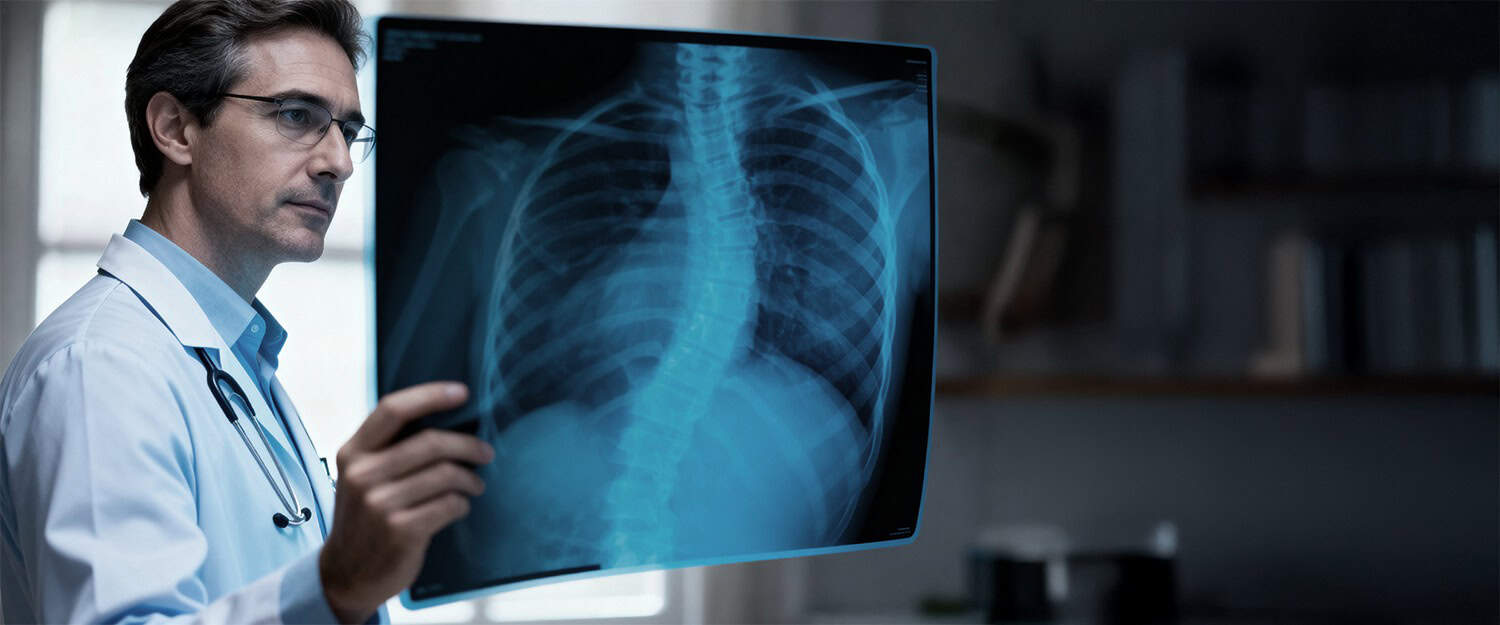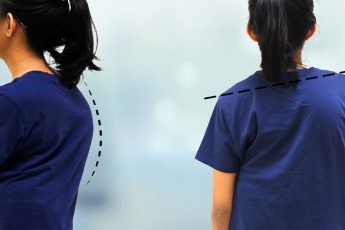
Spinal Deformity Treatment in Dubai | Adam Vital Hospital
Why Spine Deformity Should Never Be Ignored
We picture the spine as a sturdy, vertical column that supports us throughout life. But what happens when the column starts bending, twisting, or curving the wrong way? That’s when doctors refer to it as spinal deformity, and although it usually starts gradually, its effect on everyday life can be immense.
At Adam Vital Hospital, we see many patients who put off getting help. They blame their slouching or uneven shoulders on aging, working long hours, or bad sitting posture. By the time they seek treatment, their condition has usually progressed to include not just outward changes, but also pain, tiredness, and emotional distress.
Spinal deformity is not a cosmetic issue—it’s a health problem that impacts your confidence, your future mobility, and your overall well-being.
Understanding Spine Deformity
Spinal deformity is a term used to describe any abnormal curvature or misalignment of the spine. Although it is normal for the human spine to have mild curves to enable balance and flexibility, a too-tight or asymmetric curve indicates an issue.
Some typical types are:
Scoliosis: A sideways curve of the spine, typically in the form of an “S” or “C.”
Kyphosis: A rounded or stooping upper back, typically seen in older people.
Lordosis: A too-widened inward curve in the lower back.
These deformities may be mild or serious and develop at any age in children, teens, or adults, depending on the reason why they occur.
The Insidious Onset
Part of the greatest difficulty with Spinal deformity is how subtly they begin. In most instances, early indications are simple to ignore:
- Uneven hips or shoulders
- A lean-to posture when standing
- Clothing that sits in an uncomfortable manner on one side
- Chronic neck or back pain
- Progressive fatigue with walking or standing
Since these changes develop over time, individuals tend to make them their new normal rather than pursuing treatment. Unfortunately, not responding to these early warnings allows the condition to advance.
Why You Ought Not to Ignore Spine Deformity
It’s simple to assume, “It’s just posture” or “I’m aging; this is normal.” But the reality is that spine deformity impacts more than your appearance.
- Chronic Pain
- Spinal misalignment distributes uneven pressure on muscles, ligaments, and nerves. Chronic pain in the back, hips, or legs develops over time.
- Breathing and Digestive Problems
- Crippling curves press on the chest or abdomen, so it becomes difficult to breathe deeply or digest food normally.
- Decreased Mobility
- Simple activities of daily life—walking, exercising, lifting—become more challenging as stiffness and imbalance worsen.
- Emotional and Social Effects
- Patients often feel embarrassed about their curvature, which causes loss of confidence, withdrawal from society, and even depression.
- Progressive Disability
If left untreated, spinal deformity tends to progress with age, risking nerve compression, arthritis of the spine, and permanent disability.
Who Is Most at Risk?
- Deformities of the spine can affect anyone, but some populations are at higher risk:
- Teenagers: Scoliosis can be uncovered or exacerbated by rapid growth that happens during adolescence.
- Older Adults: Degenerative changes and osteoporosis predispose older adults to kyphosis or other deformities.
- Those who lead inactive lifestyles: Long periods of sitting and bad posture destroy spinal support.
- Those with a history of spinal injury: Trauma allows for a later development of deformity.
Diagnosing Spine Deformity
We focus on early and precise diagnosis at Adam Vital Hospital. Simple clinical examinations may indicate lopsided posture, but other imaging methods, such as X-rays, MRI, or CT scans, allow for a thorough examination of the degree of the curve and involvement of nerves. Knowing the form and severity of the deformity enables us to customize treatment according to each patient’s specific case.
Treatment Options: From Mild to Advanced
The good news is that spinal deformities are manageable with the help of modern medicine. The type of treatment varies with age, degree, and symptoms.
- Non-Surgical Treatments
- Bracing: Especially in younger patients with scoliosis.
- Physiotherapy: Customized exercises to strengthen back and core muscles, improve flexibility, and straighten posture.
- Pain relief: Medications and lifestyle changes to ease pain.
- Minimally Invasive Procedures
- In selected cases, newer techniques such as spinal injections can alleviate pain and inflammation without extensive surgery.
- Surgical Correction
For extreme deformities that restrict breathing, movement, or the quality of life, surgery is the most viable option. Operations such as spinal fusion assist in correcting the position of the spine and stabilizing it. All this is done with expert precision and advanced technology at Adam Vital Hospital to guarantee safety and satisfactory results.
- Living with a Healthier Spine
- Recovery and long-term health do not stop at the hospital. They include:
- Posture awareness: Awareness of sitting, standing, and lifting techniques.
- Regular exercise: Back and core strengthening are vital to spinal alignment.
- Bone health: Proper calcium, vitamin D, and osteoporosis prevention in older adults.
- Follow-up care: Periodic checkups for monitoring and recurrence prevention.
Final Word
Spinal deformity is not just for show—it’s a medical condition that may define your future and health. The sooner it’s detected, the easier it is to handle. Here at Adam Vital Hospital, our team of committed specialists adopts a comprehensive approach: accurate diagnosis, effective treatment, and educating patients towards a lifetime of good spinal health.
Your backbone is the foundation of your body. Don’t let little issues turn into big issues. If you do see signs of imbalance, pain, or postural change, take action—because neglecting spine deformity today may be trading independence tomorrow.



